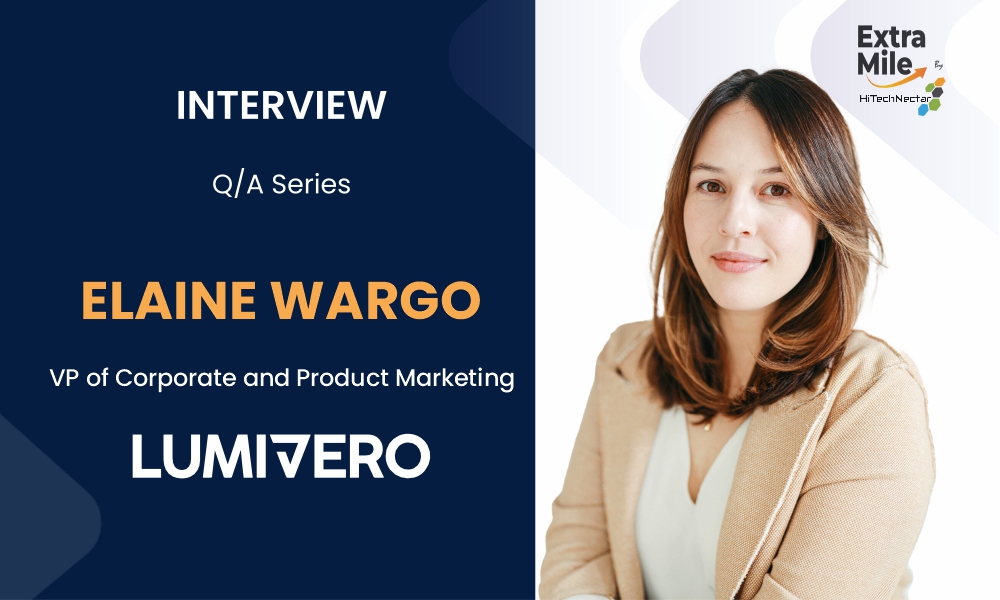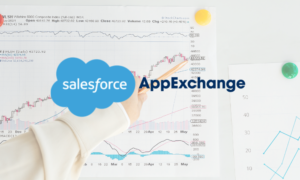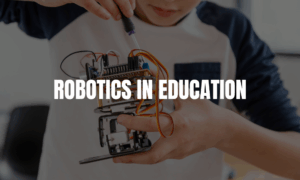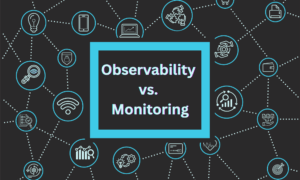ExtraMile by HiTechNectar is a prominent and standout interview series proudly featuring business leaders, innovators, and game-changers in the tech industry. We’re here to empower our audience with knowledge from voices that make an impact in the digital era! For today’s conversation, we’re ecstatic to be joined by Elaine Wargo, VP of Corporate and Product Marketing at Lumivero.
The firm is a leading provider of research and decision software, trusted by thousands of organizations across the energy, academic, and life sciences sectors. Lumivero helps customers navigate complex data, uncover insights, and create clarity that drives impact.
Elaine, with global experiences across B2B and B2C organizations, is a trailblazing marketing leader. At Lumivero, she drives brand and go-to-market strategy for diverse product portfolios, ensuring clarity, alignment, and customer-centric impact.
Let’s run through Elaine’s remarkable career journey, Lumivero’s use of AI, more about their data analysis product, Lumivero’s approach to simplifying data complexity, the importance of putting customers first, and more.
Welcome Elaine! We’re glad to have you on this session!
Q1. From starting in customer service at Wegmans Food Markets to leading corporate and product marketing at Lumivero, what has been the constant thread that has pushed you forward and how has your leadership style evolved over the years?
Elaine. My career really started on the floor at Wegmans Food Markets, where I worked in just about every department and went through their store operations internship program. What I didn’t realize at the time was how formative that experience would be for me as a leader. When you’re face-to-face with customers every day, you learn quickly that success isn’t about the product on the shelf—it’s about the experience you’re creating. Did I make their decision easier? Did I solve their problem in the moment? That mindset, of always putting the customer first, has carried through every role I’ve had since.
Early on, this meant I was very much in the weeds—hands-on, executing, building deep product knowledge so I could help people in a tangible way. As my career progressed, I began to lean into storytelling and brand building, learning how to connect customer needs to a larger narrative that helped organizations show up with clarity and purpose. Today, at Lumivero, where our products span a broad portfolio that serves customers across multiple industries, my leadership style focuses most on orchestration and enablement. The way we work across teams, the way we operate and communicate internally and externally—all of it directly shapes the customer experience. My focus now is less on being the one to solve every problem and more about enabling our teams to solve problems so we can deliver a consistent and excellent experience at scale.
Q2. Elaine, your record is truly exceptional, working in B2B and B2C global marketing teams, how has switching between these spaces influenced your thinking as a marketer?
Elaine. Having worked across both B2C and B2B, I’ve found that each space strengthened a different marketing muscle, and together they’ve shaped how I think about marketing today.
On the B2C side, especially in those early days at Wegmans, the lessons were all about empathy and immediate impact. You’re standing in front of a customer who has a need in that exact moment, and the success of the interaction comes down to whether the product—and the experience around it—earns their trust right then and there. It taught me the importance of simplicity and emotional connection. If people feel understood and their problem is solved, trust can be built almost instantly.
Shifting into B2B, the dynamics became very different. Instead of that single moment at the checkout line, you’re navigating long sales cycles, complex decision-making structures, multiple stakeholders, and mission-critical decisions. Trust must be built not just in the product, but in the company behind it—in the people, the support, the credibility of the outcomes we can deliver. It’s a deeper, more sustained kind of relationship that requires consistency over time.
The blend of those experiences has made a huge impact on my career. From my B2C experience, I carry forward the discipline of keeping things simple and human. From my B2B experience, I’ve learned the importance of building trust at every level of engagement. By bringing a combination of both experiences to Lumivero, I help our team tell compelling stories while building out the processes that enable us to back up our story and deliver meaningful value to our customers.
Q3. Can you share what distinguishes the way Lumivero considers the complexity of data to simplify it for users from other research and decision-making software vendors out there?
Elaine. What excites me most about Lumivero is that our solutions help our customers make their data actionable and find clarity. Our customers are working in environments where the data sources are endless and the stakes are high—whether that’s publishing their research, preparing students for careers, completing a complex capital project, or making a strategic decision that could shift an entire organization. They don’t need more noise; they need solutions that meet them where they are in their day-to-day and that give them confidence in what comes next.
That’s where Lumivero stands apart. While many vendors offer point solutions that address one part of the workflow, our mission is to build solutions that enable research and decision-making from end-to-end. We’re focused on bringing disparate data sources together and helping customers not just organize information, but truly learn from it, understand it, and use it to move forward with confidence.
My role in that is to help translate this complexity into clear, actionable stories—ensuring customers spend less time wrangling technology and more time making a business impact. For me, it always comes back to the customer: are we giving them the clarity and confidence they need to achieve their goals? That’s the standard we should be holding ourselves to every day.
Q4. AI is transforming how research is conducted. How is Lumivero integrating AI into its solutions to simplify analysis and support more impactful findings?
Elaine. When people talk about AI, they often focus on automation or replacement. At Lumivero, our perspective is different—we view AI as a way to facilitate human thinking and accelerate discovery across our portfolio. Our customers are navigating enormous amounts of data in environments where clarity and speed are critical—whether they’re conducting qualitative analysis, synthesizing survey results, publishing research, or managing large-scale academic projects.
What AI enables in our solutions is the ability to surface insights faster, identify patterns that might otherwise be missed, and bring forward connections that deepen understanding. Just as important, we’ve been intentional about keeping the researcher’s expertise and judgment front and center. AI is not there to replace critical thinking, but to act as a trusted partner—providing tools that strengthen interpretation and build confidence in the outcomes.
Q5. Lumivero offers transcription in over 40 languages. In what ways does this overcome barriers in conducting research to support global projects?
Elaine. One of the most powerful examples of how Lumivero supports global research is through NVivo, our flagship qualitative data analysis product. NVivo has long been recognized as a trusted tool for researchers who need to work deeply with interviews, focus groups, and unstructured data—and transcription is such a critical piece of that process.
By offering transcription in over 40 languages, we’re working to expand the reach of what’s possible with NVivo. This isn’t just about convenience—it’s about access. It means researchers can include voices that might have been left out in the past simply because of language. That makes studies more representative, insights more authentic, and outcomes more impactful across geographies and cultures.
And that’s really the essence of Lumivero: connecting complexity to clarity, no matter where our customers are working. With NVivo, and across our portfolio, our focus is on meeting customers where they are, removing barriers, and giving them tools they can trust to do their best work. In this case, that means not just simplifying transcription, but opening the door to more inclusive, global research.
Q6. What’s your take on Experiential Learning Cloud? How is it transforming the way programs engage students with field education?
Elaine. Just as NVivo is trusted by researchers around the world, Experiential Learning Cloud is a trusted solution for universities that need to manage field education at scale. Field placements and experiential learning programs are critical for preparing students for careers, but historically they’ve been incredibly complex and time consuming for admins to manage—from matching students with opportunities to tracking progress and ensuring learning and institutional outcomes are met.
We take that complexity and turn it into a structured, transparent, and engaging experience for everyone involved. For administrators, it streamlines what used to be a logistical headache. For faculty, it provides clarity on how students are progressing. And for students, it creates a pathway that connects classroom learning with real-world practice, helping them graduate not only with knowledge, but with experience that proves career readiness.
This is where Lumivero’s mission comes through again: simplifying hard, often fragmented processes, so customers—whether they’re researchers, program leaders, or students—can use their data to make an impact. With Experiential Learning Cloud, that impact is students leaving school with the confidence and preparation they need to step into their professions.
Q7. Balancing collaboration across corporate, brand and product marketing teams can be a challenge without disrupting brand voice. How do you approach and enable this type of collaboration? Could you share a few insights in this regard?
Elaine. With a company like Lumivero, where we’re building a broad portfolio of products serving a very diverse customer base, collaboration across marketing, and the organization at large, is essential. But the challenge is making sure that collaboration doesn’t dilute the clarity of our brand voice.
For me, the key is enablement and orchestration. We start with a shared narrative—the overarching story of who Lumivero is and the value we bring. That gives us a foundation everyone can work from, whether they’re building a product-level campaign or a corporate thought leadership piece. From there, it’s about creating the right frameworks, communication rhythms, and feedback loops so each team can bring their expertise to the table without losing alignment.
In practice, that means joint planning cycles, clear roles and responsibilities, and regular touchpoints where ideas and insights flow both ways. When product marketing understands how corporate is positioning the brand, and corporate understands what’s resonating with customers on the ground, we create a virtuous cycle. The end result is a brand voice that feels consistent and flexible enough to resonate with each of our customers.
Q8. Given that thousands of organizations use Lumivero, how do you capture and integrate customer voice and feedback into an ongoing product improvement cycle? From your perspective what’s the impact of putting customers first?
Elaine. With thousands of organizations using Lumivero, one of our greatest strengths is the sheer diversity of customer voices—helping us learn and grow to meet their needs. We’re continuing to build intentional feedback loops—through our customer community, advisory boards, user groups, direct product feedback and so on—to give us a constant stream of insight into how our products are being used and opportunities for innovation.
What’s important, though, is how we act on that feedback. It’s not about collecting input for the sake of it, but about closing the loop—making sure customers see their influence reflected in the improvements we aim to deliver. That cycle builds trust and creates products that are aligned with how people work day to day.
For me, that’s the real impact of putting customers first. It’s not a tagline or a campaign; it’s an operating model. From my first job at Wegmans to my role today at Lumivero, the constant thread has been listening to people, understanding what they need, and then enabling the systems, teams, and products that help meet those needs at scale. That philosophy has shaped my leadership, and it’s what guides how we build and grow at Lumivero.
Explore Our Other Insightful Interviews:
